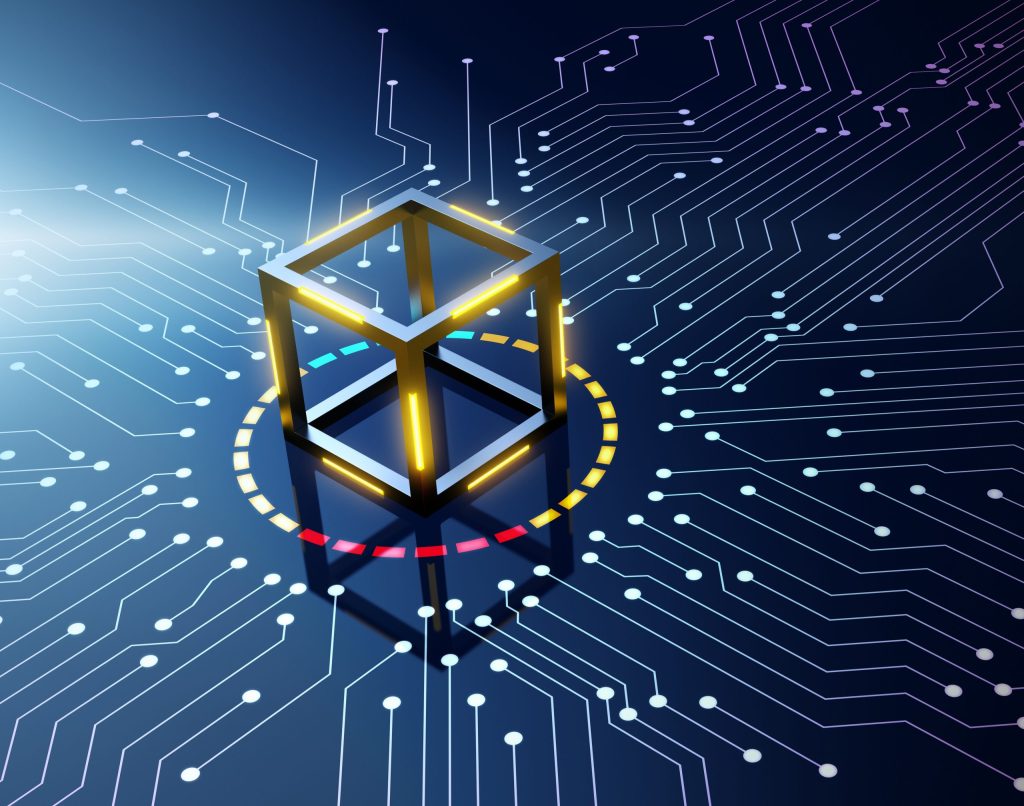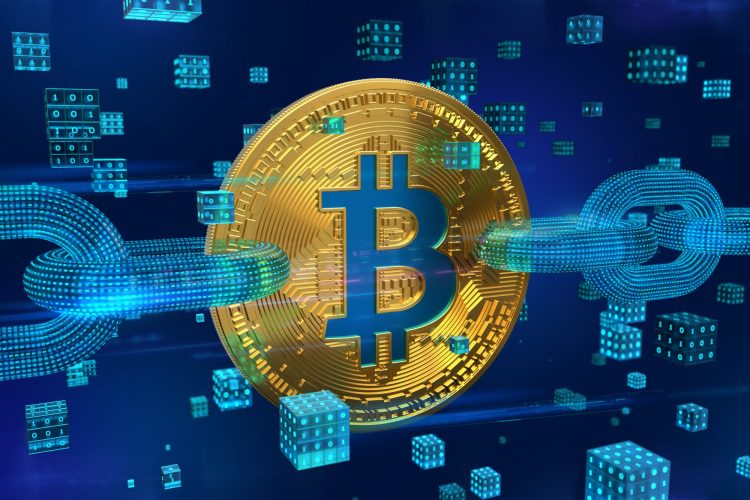Introduction
The concept of the Metaverse is no longer confined to the pages of speculative fiction but is rapidly becoming a central element of the digital economy. This virtual, persistent universe offers an interconnected, immersive environment where individuals can work, socialize, play, and create. But what makes the Metaverse truly viable as an ecosystem is its underlying technology — blockchain. Blockchain offers the decentralized and transparent infrastructure that supports a variety of Metaverse applications, from virtual economies and digital ownership to gaming, social interactions, and digital governance.
This article explores the pivotal role that blockchain technology plays in shaping the Metaverse, its influence on virtual ownership, digital currencies, and how it serves as the backbone for a truly decentralized and user-governed virtual world.
1. Understanding the Metaverse and Blockchain
The Metaverse: A Digital Parallel Universe
The Metaverse refers to a collective virtual shared space, which is created by the convergence of virtually enhanced physical reality and physically persistent virtual environments. In simple terms, the Metaverse is the next evolution of the internet where users engage in digital spaces in 3D, instead of browsing traditional websites.
Blockchain: Decentralization Meets Trust
Blockchain is a decentralized digital ledger technology that allows data to be recorded in a way that is transparent, immutable, and secure. Unlike traditional databases managed by centralized authorities, blockchain is inherently resistant to censorship and fraud, making it an ideal foundation for a decentralized Metaverse.
2. Key Components of Blockchain That Enable the Metaverse
2.1 Digital Ownership and NFTs (Non-Fungible Tokens)
One of the cornerstones of the Metaverse is the idea of digital ownership, which is made possible through Non-Fungible Tokens (NFTs). These unique digital assets are tokenized representations of ownership for virtual goods, from virtual land and digital art to avatars and in-game items. Blockchain ensures that these NFTs are secure, verifiable, and traceable.
- Example: Decentraland, a popular Metaverse platform, uses NFTs to represent virtual real estate. Blockchain secures the transactions and ensures that the virtual property is verifiably owned by the user.
2.2 Decentralized Finance (DeFi) and Cryptocurrencies
For the Metaverse to function as a truly self-sustaining economy, users need a form of exchange that is seamless, digital, and decentralized. Cryptocurrencies like Ethereum, Bitcoin, and others are integral to the Metaverse’s economy, enabling decentralized finance (DeFi). With blockchain, users can make secure, peer-to-peer transactions without the need for intermediaries, thus enhancing the Metaverse’s accessibility and liquidity.
- Example: The virtual currency Mana is used in Decentraland for purchasing virtual land, accessories, and services, powered by the Ethereum blockchain.
2.3 Smart Contracts: Enabling Trustless Transactions
Smart contracts are self-executing contracts with the terms of the agreement directly written into code. In the Metaverse, smart contracts automate transactions, such as the buying and selling of virtual land or items, and ensure that these actions are executed when predefined conditions are met. This eliminates the need for intermediaries and increases the efficiency of virtual interactions.
- Example: A smart contract could automatically transfer ownership of a piece of digital artwork or land once the agreed cryptocurrency has been paid.

3. Blockchain as the Infrastructure of the Metaverse
3.1 Creating an Open and Interoperable Metaverse
Blockchain fosters an open, decentralized, and interoperable Metaverse where users can move their assets across different platforms without the need for centralized control. By using open-source blockchain protocols, users can seamlessly transfer NFTs, currencies, and even identities between various virtual worlds and applications.
- Example: The idea of a truly interoperable Metaverse can be seen with CryptoVoxels and Somnium Space, where users can carry their virtual assets and identities across different Metaverse spaces.
3.2 Decentralized Identity Management
Blockchain is also set to revolutionize the way identity is managed in the Metaverse. Self-sovereign identity (SSI), built on blockchain, allows individuals to control and manage their digital identity without relying on centralized authorities. This ensures privacy, security, and authenticity, as users can choose what data to share with whom.
- Example: Lit Protocol is one such project that uses blockchain for decentralized identity management, enabling users to authenticate themselves across Metaverse platforms without exposing sensitive personal information.
4. Enhancing Trust and Security in the Metaverse
4.1 Immutable Ownership and Provenance
Blockchain ensures the immutability and provenance of digital assets. This is crucial in a world where digital assets are highly valuable, and their authenticity must be verified. Whether it’s virtual land, digital art, or in-game items, blockchain guarantees that users can prove the true ownership and origin of their virtual possessions.
- Example: A digital art piece or virtual fashion item bought as an NFT in the Metaverse can be traced back to its original creator, thus preventing counterfeiting and piracy.
4.2 Security and Data Integrity
Security in the Metaverse is paramount, as the platform becomes a space for both social interaction and financial transactions. Blockchain’s cryptographic nature ensures the integrity of transactions and the safety of user data, making it resistant to fraud and hacking.
- Example: Platforms like The Sandbox employ blockchain’s encryption to safeguard users’ virtual items and currencies from theft or manipulation.
5. Blockchain for Virtual Governance and Community Building
5.1 DAOs (Decentralized Autonomous Organizations) in the Metaverse
A critical component of the Metaverse’s governance is the concept of Decentralized Autonomous Organizations (DAOs). DAOs allow virtual communities to make collective decisions without a central authority. Through voting mechanisms powered by blockchain, users can propose, vote on, and implement changes to the virtual world, ensuring that governance remains decentralized and user-driven.
- Example: Aavegotchi, a digital collectible game, employs a DAO model to let its community make key decisions regarding the game’s future, such as updates, features, and governance issues.
5.2 Community-Powered Economies
Blockchain enables community-driven economies in the Metaverse by empowering users to create, buy, sell, and monetize digital assets. This participatory model ensures that value is distributed equitably among creators, participants, and users, instead of being controlled by a single corporate entity.
- Example: In Axie Infinity, players contribute to the economy by breeding, battling, and trading creatures called Axies, with transactions and governance decisions powered by the platform’s native blockchain.
6. Future Prospects: The Integration of Blockchain and AI in the Metaverse
6.1 AI and Blockchain Convergence
Looking ahead, the integration of Artificial Intelligence (AI) and blockchain could further revolutionize the Metaverse. AI can generate dynamic virtual environments, non-playable characters (NPCs), and personalized experiences, while blockchain ensures that AI’s outputs remain transparent, verifiable, and immutable.
- Example: AI-generated content, such as virtual fashion or landscapes, could be tokenized as NFTs on a blockchain, ensuring that creators receive proper compensation for their work.
6.2 Regulatory Challenges and Blockchain’s Role
While the Metaverse holds immense potential, it also faces challenges related to regulation, privacy, and digital rights. Blockchain’s transparency and accountability features could provide the tools necessary to address these concerns, allowing for safer and more trustworthy virtual environments.
Conclusion
The Metaverse is a dynamic, evolving space that promises to reshape how we interact with the digital world. At the heart of this revolution is blockchain technology, which provides the secure, transparent, and decentralized infrastructure necessary for the Metaverse to thrive. From enabling true digital ownership and decentralized governance to ensuring trust, security, and interoperability, blockchain is laying the foundation for a new era of virtual experiences.
As the Metaverse continues to develop, the role of blockchain will only become more pronounced. By empowering users and creators alike, blockchain will help unlock the full potential of the Metaverse — a place where digital worlds are not only a reflection of the real world but can be lived, experienced, and governed by its users in new and innovative ways.
This outline and the introduction provide a solid structure for your article. You can expand on each section with specific case studies, examples, and in-depth analysis to reach the 3000-word count. If you’d like further elaboration on any section or assistance in refining certain parts, feel free to ask!

















































